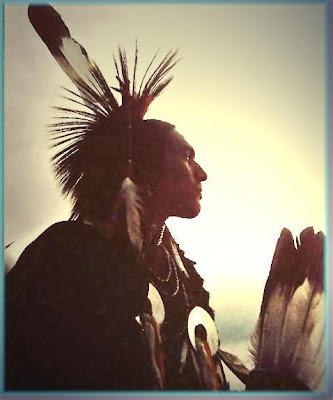Doc: "what are you and who are you doing?"
Well your not alone.
 There is a reason I relate to the character Paul Rudd plays in I Love You, Man. He just makes up words and odd sentences, and well, I do that too especially in nervous situations. Which can be, well...awkward.
There is a reason I relate to the character Paul Rudd plays in I Love You, Man. He just makes up words and odd sentences, and well, I do that too especially in nervous situations. Which can be, well...awkward.The other day at my son's T-ball game I made a comment about running murther. Which, was supposed to be either "more" or "further" and that's just what came out. Then while trying to get my daughter to kneel by the tub to wash out excess shampoo, I kept floundering for the right words. They just came out in stutters and rambling non-sense. All I was trying to say was "sit down and put your head over the side of the tub" but it came out as everything but. Something like, "put head under and sit over...bend on sit... sit over... put head down side, under tub..." Finally I just took her body and showed her what to do. I was done with forming words at the moment.
I've always, always had the problem getting what is in my head to come out of my mouth in the correct manner. Perhaps that is why I enjoy writing. I say its a brain to mouth complex, it just doesn't want to work all the time, so brain to hand...much better. Maybe it's because our mouths are slower than our typing hands these days, who knows!
Thing is, when I try to duplicate a word mix up, it is like a very complex puzzle and much more difficult than saying it correctly. That tells me that the unconsciousness mind is one smart cookie! For instance, when I was a kid, I got mad while playing volleyball with some friends and when I was skipped over for team captain. In a fluster I said, "Hey, it's my turn to be keam taptain!"
Did you know that type of mix up happens often enough that it has a name? Its called a spoonerism. And it baffles my mind every time it happens.
The other thing that happens quite often is thinking of two words to describe something and as speaking, it's as if the mind hasn't really chosen which is best. So it just combines them. These can be pretty funny, or should I say, hilunny. Hilarious + funny? You get it. Here is a list of some interesting combinations I've babbled recently:
"Does your tumach hurt?" {tummy + stomach} or the opposite, stummy (one I'm all too familiar with.)
"That's biuge!" {big + huge}
"Man you'd have to run fuick" {fast + quick}
"That's faneat!" {fantastic + great}
And these have a technical name as well: Portmanteau. What is so neat to think about is that this is actually the way a lot of words came about that we use today!
'Smog' = Smoke/Fog. Though 'foke' may not have worked as well.
Think about it though, it really is quite amazing that our brains have the ability to do the lightning- fast processing of switching letters around in in various forms in the first place, and actually making it an audible creation.
Oh the strange brain. I do believe it has a sense of humor working against us: it's own form of personal entertainment, keeping us on our toes. Regardless, I must say, what fascinating minds we have!
Or should I say, brinds.










































